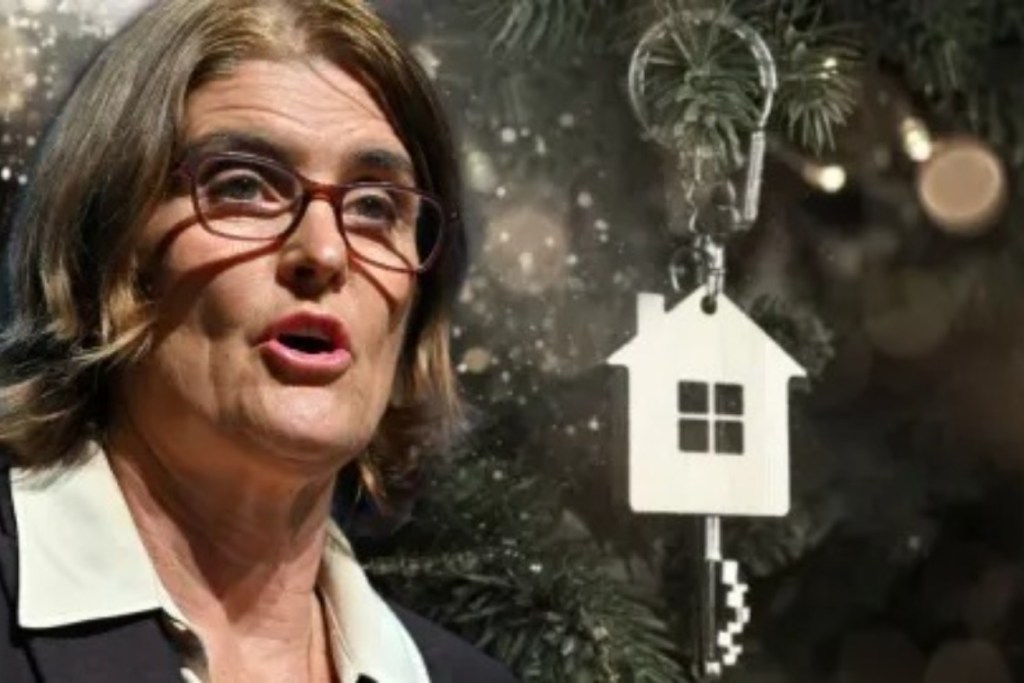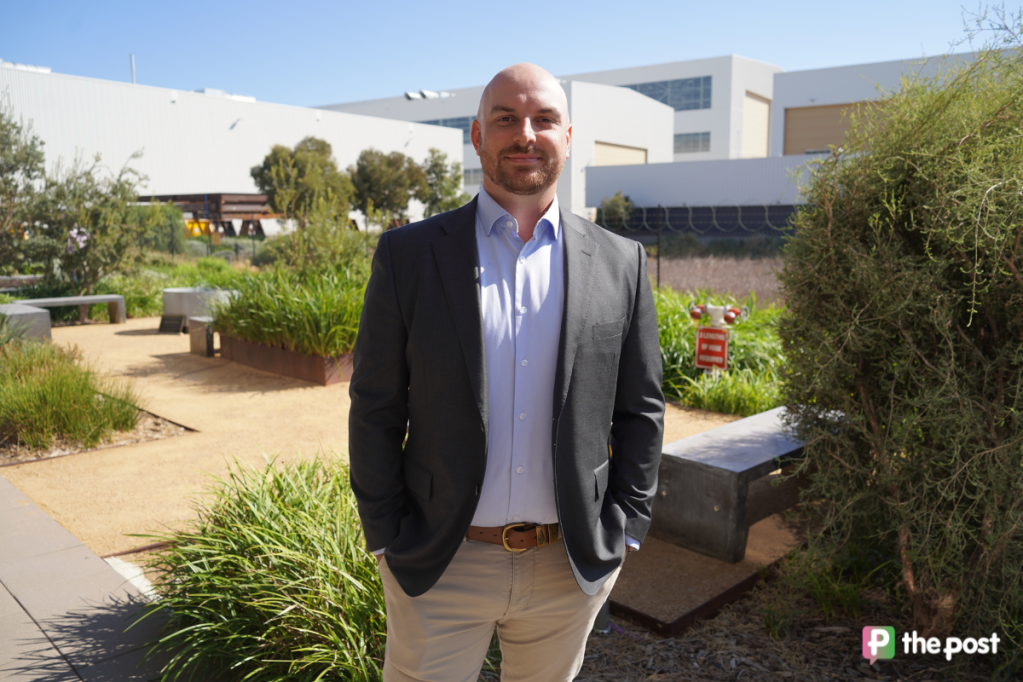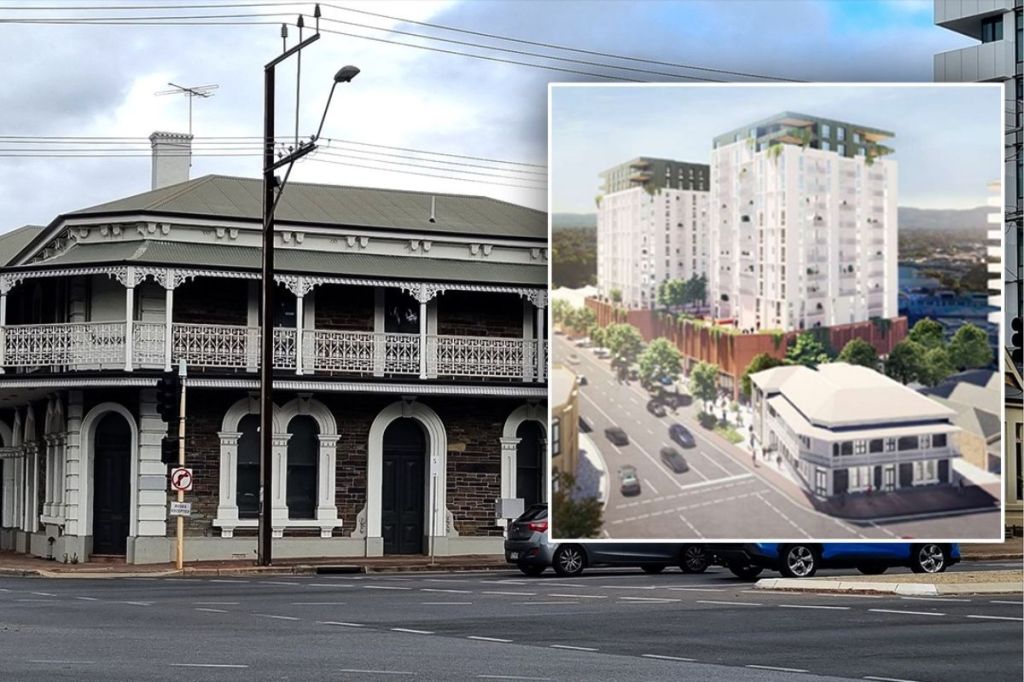Inflation to fall within RBA target range before November interest rates call
Australians still hoping the Reserve Bank will deliver mortgage relief before Christmas will get some clarity this week as economists await crucial inflation figures.

The Australian Bureau of Statistics will publish the September-quarter consumer price index on Wednesday, just a week before an RBA board meeting in early November.
Economists expect the figures will show inflation falling back into the RBA target band for the first time since Covid-19, thanks to billions in government energy bill subsidies reducing prices.
But with RBA governor Michele Bullock saying the bank will look through temporary subsidies, the jury is still out on whether rate cuts will begin before 2025.
Make or break
Commonwealth Bank economists are among the minority still tipping a Christmas rate cut, with chief analyst Gareth Aird saying this week’s inflation figures will make or break their call.
CBA anticipates underlying inflation will fall from 0.9 per cent in the June quarter to 0.7 per cent in the three months to September, which would take the six-month annualised rate to 3 per cent.
That’s at the top point of the RBA’s 2-3 per cent inflation target.
“If our forecast for underlying inflation comes to fruition we expect the narrative around inflation being both too high and ‘sticky’ in Australia to lessen,” Aird said.
You might like
“[But] an outcome higher than our forecast will see us jettison our call for a rate cut this calendar year.”
Trend needed
Oxford Australia head of macroeconomic forecasting Sean Langcake doesn’t expect the RBA will cut rates this year though, even if government subsidies help push down third-quarter inflation.
He explained that central bankers will want to see several consecutive inflation readings that are within their target band, with the RBA itself not forecasting target inflation until late next year.
“It seems like we might be tying ourselves in pretzels a little bit to get there [to the target band] if we’re taking six-month annualised figures to get there,” Langcake said.
“Underlying inflation is at 3.9 per cent year over year currently, and the past two quarterly prints have been 1 per cent and 0.8 per cent.
“You may get a print that takes some version of an annualised rate to 3 per cent, but if you do the Q3 print has done an awful lot of the heavy lifting to get you there.”
Economists urge patience
Millions of home owners are hoping the RBA delivers a rate cut before Christmas as torrid cost-of-living pressures squeeze budgets for a second straight holiday season.
Stay informed, daily
But the bulk of economists predict relief won’t come until some time next year, with ANZ economists suggesting the RBA will be patient and hold in November.
“While the decrease in the annual rate of trimmed mean inflation would be welcome, such an outcome is unlikely to be enough to convince the RBA to ease this year,” they said.
“A trimmed mean print at or below 6.6 per cent q/q [quarterly] would make a rate cut this year possible.”
Energy subsidies
One key reason economists are sceptical about the upcoming prices data is that federal government energy subsidies are creating noise.
ANZ estimates billions in taxpayer support for households will see 0.4 percentage points shaved off the headline CPI over the quarter.
That will see headline inflation come in at 2.9 per cent, which is within the RBA target.
Langcake explained that government subsidies could even artificially lower the underlying print.
“If the subsidies take enough things through the bottom end of the trimmed mean inflation [measure] it will affect it,” he said.
“[The RBA] is going to need to see a couple of prints in a row before they can be be confident to start easing [interest rates].”
Weak demand
The good news is that even accounting for the energy bill subsidies, it’s increasingly clear that weak demand across the economy is working to ease price growth towards the RBA target.
The jobs market has proven more resilient than anticipated, and there are elevated global inflation risks developing, but Langcake is still expecting a rate cut by mid-2025.
“The real economy has been very, very weak for an extended period of time,” he said.
“If we think we’re at a point now where the economy is still running a bit beyond capacity – and it’s hard not to accept that – those much slower growth rates do help you get back to capacity.”
– TND









